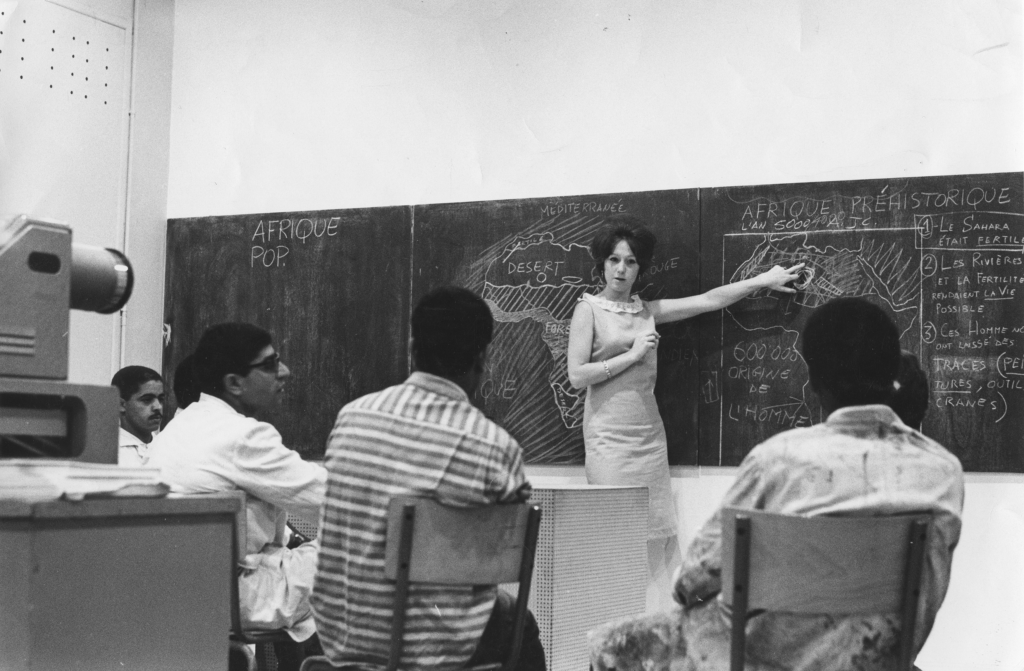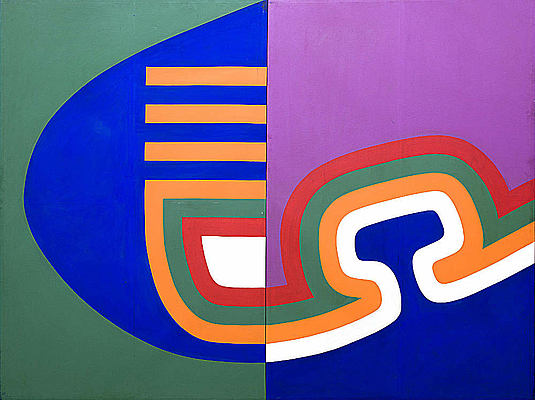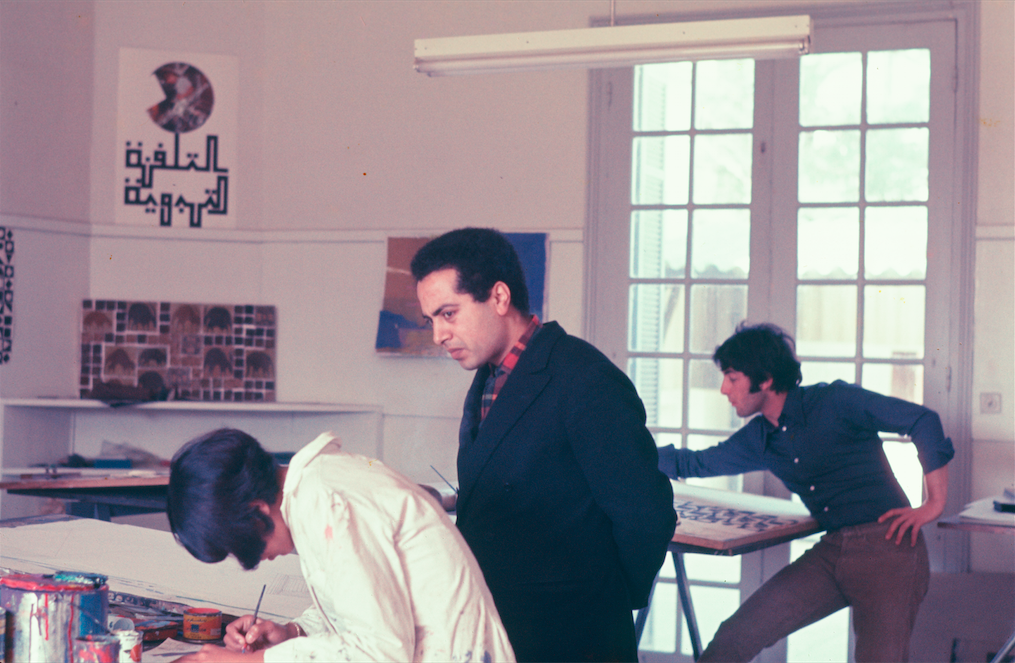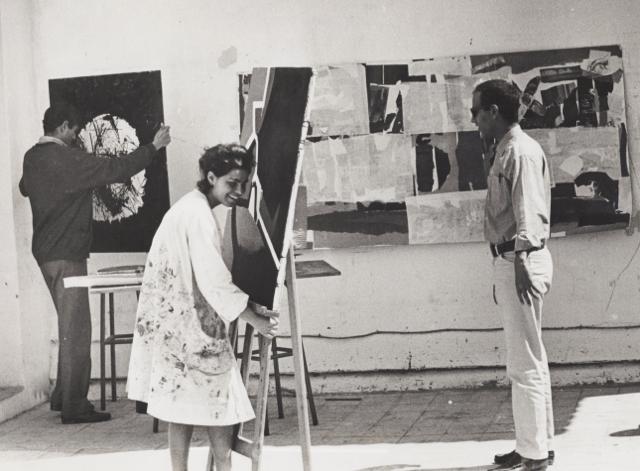École des Beaux-Arts Casablanca
French protectorate officials founded the Casablanca School of Fine Arts in the 1920s, but they only officially inaugurated it in 1951. Arguably, the school itself was part of the broader colonial strategy to take advantage of Moroccan resources and labour. The goal was to subjugate through education: by “helping” the Moroccan population, France could efficiently control the country.
We know art museums and schools are closely tied to historical canons and a country’s perceived sovereignty. In 1951, the French protectorate appointed the Casablanca School of Fine Arts director and required all instructors to hold French nationality. The school’s curriculum, chosen by French officials, comprised architecture, landscape architecture, decoration, interior design, drawing, maths, art history and painting. A small number of Moroccan students were admitted to the Casablanca School of Fine Arts. Most were encouraged to study applied arts rather than fine arts. French students, on the other hand, were pushed to study fine arts and eventually go to the École des Beaux-Arts in France.
While western pedagogy nomenclatured the students’ education, Moroccan art and crafts history was relayed to a subpar plan. Indeed, under the guise of revitalising Moroccan culture, French officials utilised artisan art and traditions as strictly commercial endeavours.




In 1956, Morocco declared its independence. In 1962, Moroccan artist Farid Belkahia, who had just returned from studying at the École des Beaux-Arts of Paris and the Academy of Performing Arts in Prague, was appointed director of the Casablanca School of Fine Arts.
Between 1962 and 1974, Farid Belkahia, artists Mohammed Chabâa and Mohamed Melehi, and anthropologists Bert Flint and Toni Maraini tried to disentangle the school’s curriculum from its Western influence. Inspired by Bauhaus principles and in a spirit of radical experimentation, they reformulated the school’s pedagogy by re-appropriating popular and traditional heritage through a multidisciplinary program.
Belkahia wanted students to replace Western art supplies, such as canvas and oil paints, with local materials, such as henna, saffron or leather. Bert Flint, a Dutch historian, anthropologist and collector of Afro-Berber art, introduced students to a more contextualised and creative approach to Moroccan and North African art history. Italian Toni Maraini, an expert in Maghrebi literature, taught students transversal, Afro and Mediterranean-centric art history. Melehi, born in Asilah and having first studied at the School of Fine Arts of Tetuan before moving to various studies and fellowships in Europe and the US, reframed the pedagogy of painting, sculpture and photography workshops. Chabâa, originally from Tangier and having studied at the School of Fine Arts of Tetuan and the Accademia di Belle Arti di Roma, was firmly against the classification of Moroccan art as folklore or naive art. He taught a graphic arts workshop and encouraged students to experiment with calligraphy. The team also introduced basketry, carpet weaving, textiles, jewellery, tiles, pottery, embroidery, and frescoes into artistic production. They aimed to valorise artist-artisan practices, thus blurring the distinction between arts and crafts, between canonical and informal practice.
The teaching staff of the Casablanca School of Fine Arts formed a school, an activist and creative outburst at a moment of hope in a newly independent Morocco. Its evolution is symbolic of the time, characterised by the rise of civic awareness and public liberties. It is a vibrant example of a group’s attempt at deconstructing western oppression from Morocco’s collective identity.